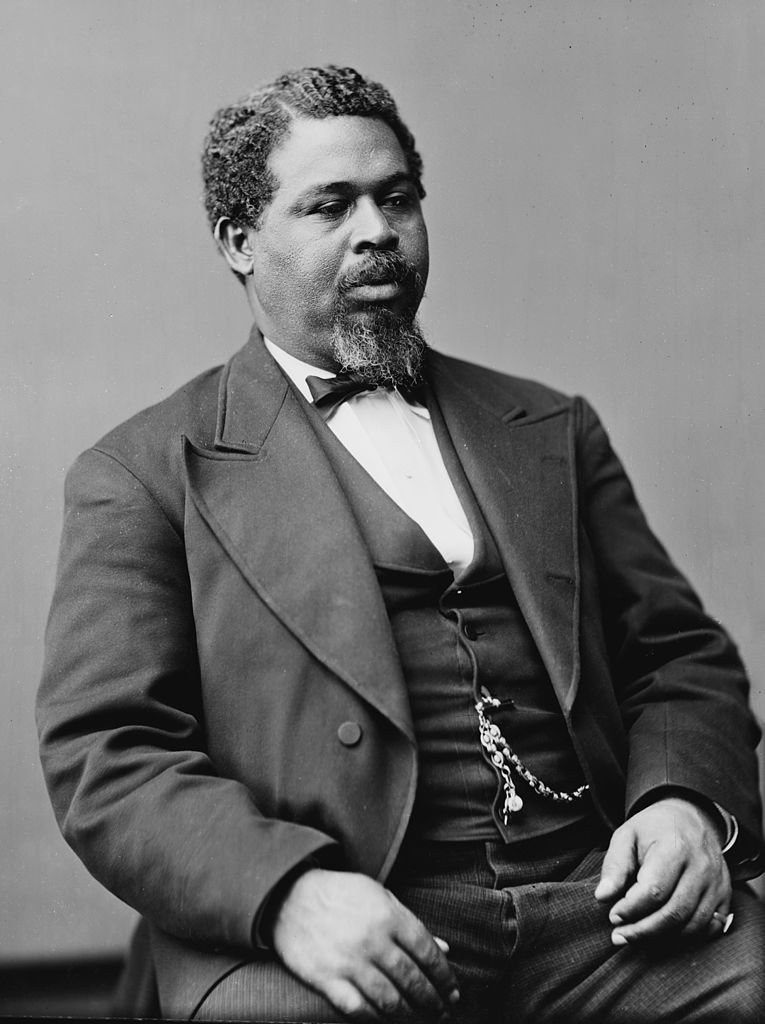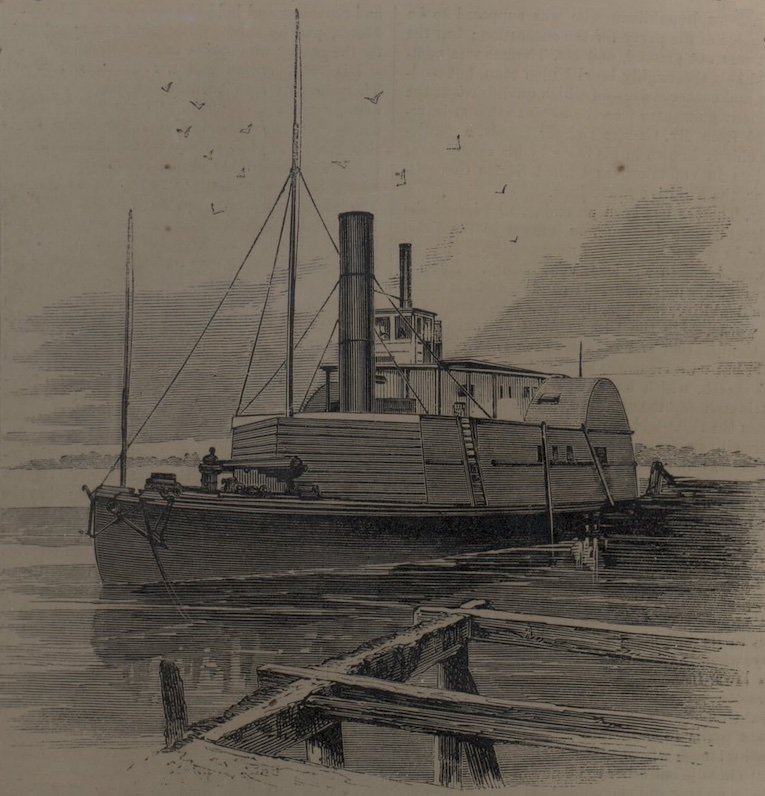The Memory Palace continues to be one of my favorite storytelling podcasts with its unique way of bringing forth historical landscapes of people, places and events that traverse the arc of time, deftly infused with an insightful sense of relevance that speaks to current affairs.
With the struggle for racial equality front and center we have an opportunity to take a step back and revisit other struggles which continue to compromise millions of lives. Within the time frame of 8 ½ minutes Nate DiMeo compresses decades of oppression against the LGBTQ community, painting with both broad and fine strokes alike, calling out moments that crushed the dreams of countless lives. Yet love, relentlessly, pushed back the waves of oppression.
On the surface this story may seem dissimilar from the current storyline playing out in city streets, but that one phrase, “to be who they were”, binds these two struggles at the wrist. It’s difficult for me to fully comprehend, to grasp beyond the intellectual, to feel the emotions at a cellular level, to walk the streets and feel compelled, as a matter of survival, to be someone else in order to safely navigate society.
Beyond the topic laid poetically bare, pay close attention to how Nate weaves the history of one physical place and the souls who passed through its front doors to the national narrative, now his pacing gives us space to assimilate each word and phrase.

Transcript
This is the Memory Palace, I’m Nate DiMeo
The White Horse Inn on Telegraph in Oakland opened in 1933, or thereabouts. No one’s been able to nail down the date. Historians have tried, as have some of its various owners it seems over the years, but if you’re not an academic, or if you don’t have a personal financial stake in solidifying its claim as the oldest gay bar in the United States to operate continuously in one location.
It doesn’t really matter when the White Horse first opened its doors, just that it was soon enough, for a man to walk in on just the right night in 1936 or 46 or 54, and see the most beautiful man he’d ever seen in his life, and just be done for.
Soon enough for another man, who had heard of this place, heard of places like it, whispered about, or mocked by the fellows in the assembly line, or in the office, or in his usual joint across town, heard the cracks about pansies and perverts and queers, and feared what they might mean.
Feared why the words seemed to cut right through, sit strange in his belly, and tightened his throat, but who fought through that fear to make his way there to the White Horse. Who may have circled the block all butterflies, before working up the courage to park. Who may have walked right past it, rather than be seen walking in by some stranger. Or maybe he pulled his collar up, and tipped his fedora low, and pushed through the door as fast as he could.
And who may have learned that night, in that bar, where men talked to men by the fireplace in the back, where women flirted with women in the light of the jukebox, men held hands by the pool table like it was nothing, like it wasn’t everything, knew that night for sure, that this was the place he belonged, that this might be the only place he belonged.
Like it was for other women and men. Those who were identified correctly as such at birth, and those who weren’t, people who needed their lives to change, to make sense, to be less lonely, to be less scary, to be more fun, to be safe.
In the forties and fifties, and later, men and women, friends from the neighborhood at the bus, and church, friends who knew the truth about each other, would walk arm and arm up Telegraph Road to the White Horse, would play at being people they were not, and then walk through the door, into that windowless room, and become who they were.
They’d go their separate ways, he to a boyfriend, and she to a girlfriend, and they’d spend a few hours in a place where so much of what they’d been taught all their lives about what life was supposed to be, but who they had to be to be happy, or responsible, or good, or saved, just fell apart, just put the lie to the whole thing.
Laws of the universe themselves, just torn up and tossed like confetti to swirl in the bar light, and flit in the laughter and the dance songs, a light on the eyelashes of some pretty man, or float on the surface of martini glass.
And then they’d say good night to their boyfriend and girlfriend, to the people there who understood, who helped them understand, and they’d link arms and go back out into the world.
Have no illusions about the world. The world did not want that man and that woman to be who they were. Gay sex was a felony. Cross-dressing was a crime. People risked imprisonment, forced sterilization, institutionalization, lobotomization, for acting on who they were.
If the cops, armed with laws that let them raid bars if they suspected women were dancing with women, or men were holding hands, or speaking in high-pitched voices in some cities. If the cops came and threw you into the patty wagon, if not threw you up against a wall, your name would wind up in the paper along with your address. You could be fired, kicked out of your apartment, lose your car loan, get beat up, or worse, by people in your own home, or by people who now knew where your home was.
The laws would change. Attitudes would change, sometimes for the better, and sometimes not. The war seemed to change everything for awhile, especially there in the Bay area. All these soldiers and sailors and nurses flooding in, away from home for the first time, discovering who they were for the first time, discovering whole worlds in windowless rooms like the White Horse.
In the sixties a straight couple bought the bar, and they were so worried about raids, it seems, and some speculate so skeeved out by their own clientele, that they instated a strict no touching policy.
No more slow dances, no kissing, no nothing. It was like that for years. And still people came to the White Horse because it was their place. But then the late sixties came, and the hippies came, and the radicals came. Berkeley was just down the road. The black Panthers was around patrol right there in Oakland, and gay men and lesbians, and transgender started staking more radical claims, started living more radical lives, and the White Horse embraced gay liberation.
And by then it was just one of the many gay bars in the area where people could find each other, could find out who they were and who they want it to be, where they figured out what was possible to ask from this life, where they asked for it together, as they’d done in the White Horse since 1933, or thereabouts.
The White Horse Inn was open the night in 1966 when transgender women fought back against police harassment at Compton’s Cafeteria across the Bay in San Francisco.
It was still open two years later when the Stonewall Inn was raided across the country, and people protested for three days, and never really stopped.
It was open on the night in 1973 when an arsonist set fire to a gay bar in New Orleans, locked the door, and killed 32 people. The White Horse was there for people who used it to mourn.
It was open for people who wanted to celebrate 1962, when Illinois became the first state to decriminalize homosexuality, and 13 years later when California joined it, and 28 years later when the Supreme court forced 14 States to do the same.
It was opened in 1977 when San Francisco elected Harvey milk to its board of city supervisors, and in 78 when he was assassinated.
It was opened in 1979 when 75,000 people marched in Washington for their civil rights.
And it was open all throughout the 1980s, when its customers started dying, when its employees started dying. In one year alone, eight bartenders, eight, died of AIDS related illnesses.
And the White Horse had stayed open, as it has been, again and again, when men and women, boys and girls, transgendered people were murdered for who they were.
So many since 1933 or thereabouts, mourned by what people now call the LGBTQ community. The community built year by year, night by night, in windowless rooms like the White Horse.
It was open when Vermont passed its civil unions law, when Massachusetts passed its marriage law, when San Francisco’s mayor issued marriage licenses, and when the California Supreme court annulled those unions. Annulled the marriage of the manager of the White Horse too.
It was open when the California voters rejected gay marriage, and it was open for dancing when the Supreme court threw that vote out.
It was open on a Saturday in June when someone killed 49 people in Orlando, Florida, in a place like the White Horse, where people came to be who they were.
And it was open on Sunday, and it’s open tonight. It will be open tomorrow.
◆
If you enjoyed this article…
◆
◆
Subscribe to our newsletter for the latest updates!
Copyright Storytelling with Impact® – All rights reserved





